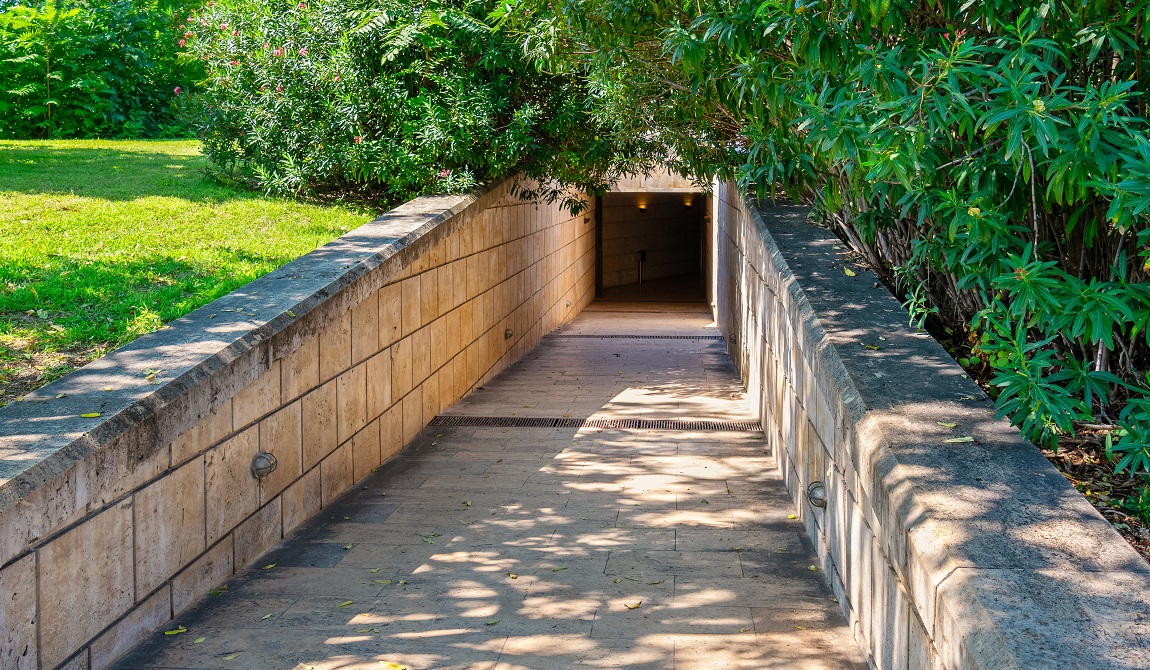The Royal Tombs of Aigai, the capital of ancient Macedonia, are one of the most impressive sights in the area of Vergina. The museum stands right next to the excavation site, hosting the treasures that have come to light since the 70s. Is the place you should visit without a second thought to experience its magic. So, let’s take a trip to history in the period of Macedonian omnipotence.
Psira: The unknown Greek island with the ancient settlement
Royal Tombs of Aigai: A riveting metaphor into history
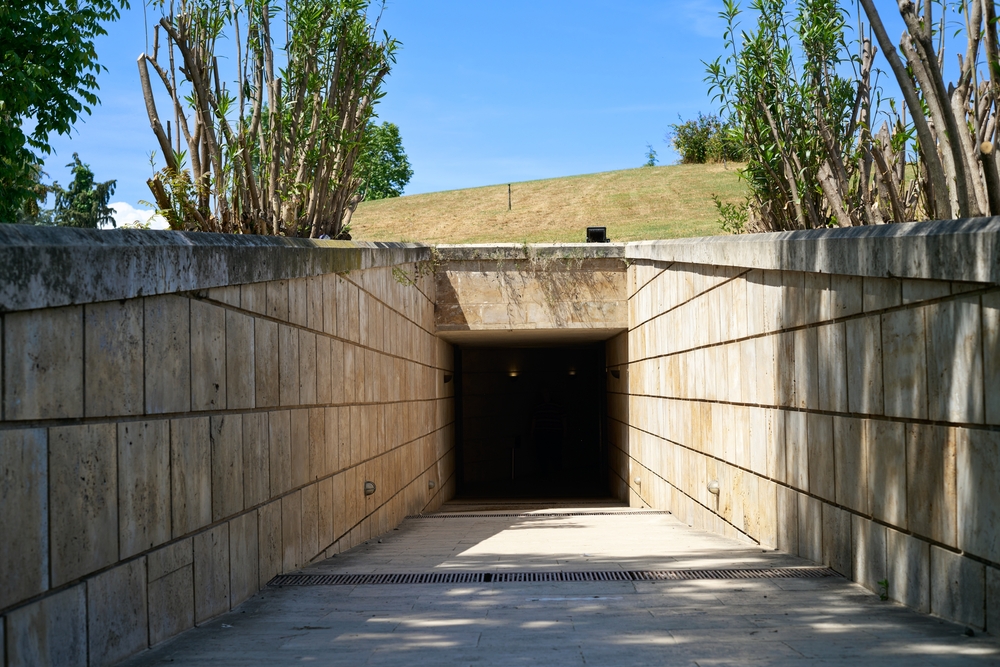
The entrance to the museum asks you to follow the downhill of a stone-built road, which will lead you to the tomb of the underground museum space, which is covered with soil, resembling the image of the burials before their imposing image came to light. Crossing the door, you will be greeted by an extremely dark environment for the light to follow the exhibits, which will shine illuminating the magnificence of the Macedonian royal family.
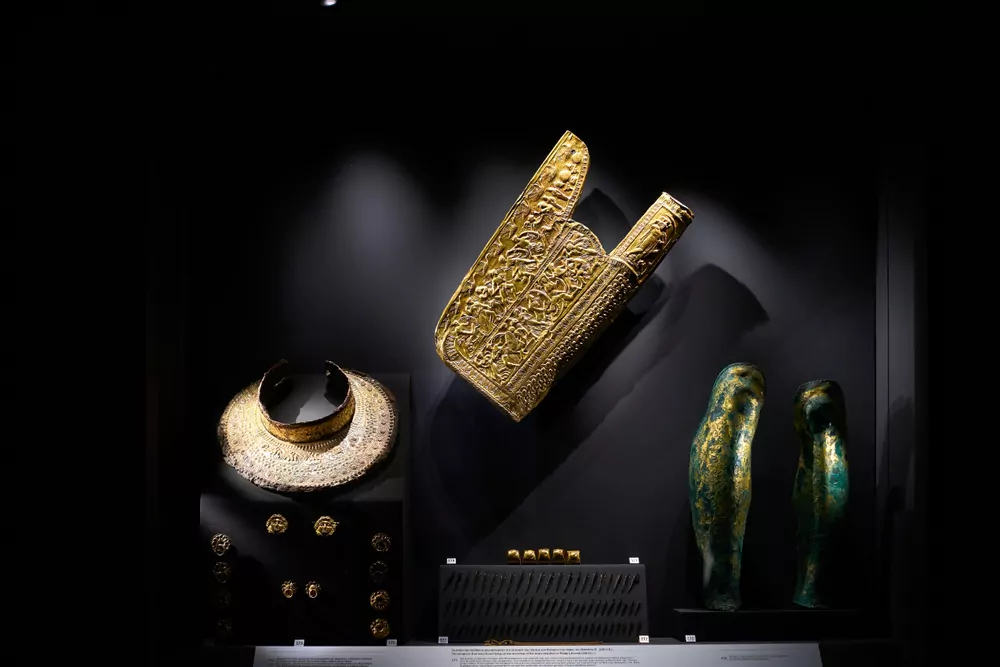
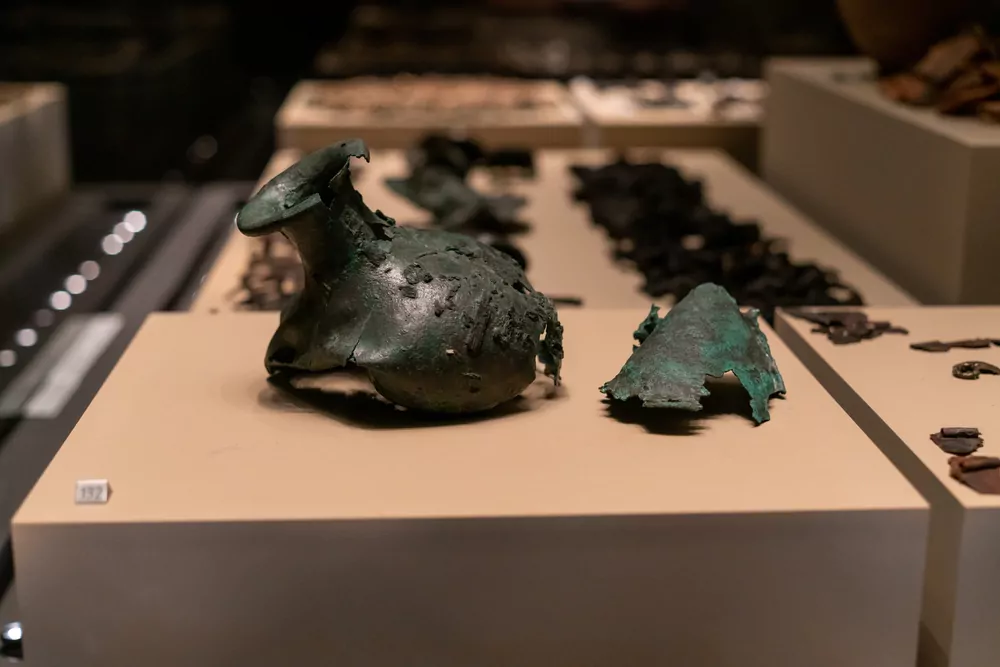
Heading towards the end of the tour you will have the opportunity to meet everything found in the tomb of Alexander the Great’s son, with the looks of admiration stolen by the urn made of silver, containing the bones of Alexander IV, murdered by Cassander.
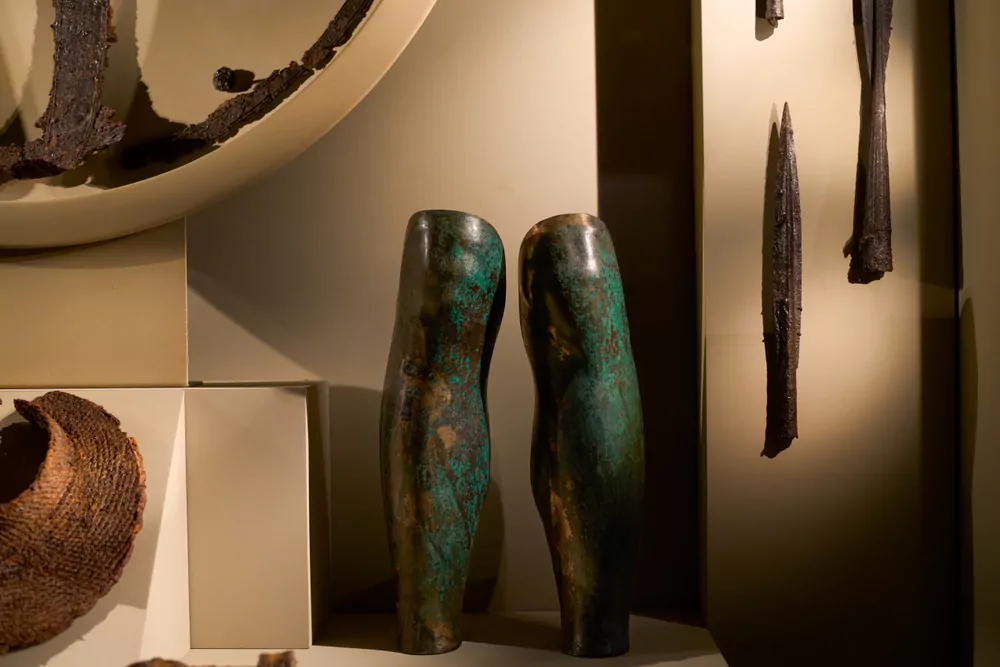
Royal Tombs of Aigai: The Historical Wealth of Vergina
The unique archaeological site of Vergina, a UNESCO cultural heritage site, includes other important monuments of great historical importance. The tomb of Philip II, two meters away from the museum, exudes a diffuse air of mystagogy in the atmosphere, managing to remain unlooted over the centuries until it was discovered along with its two great shrines.
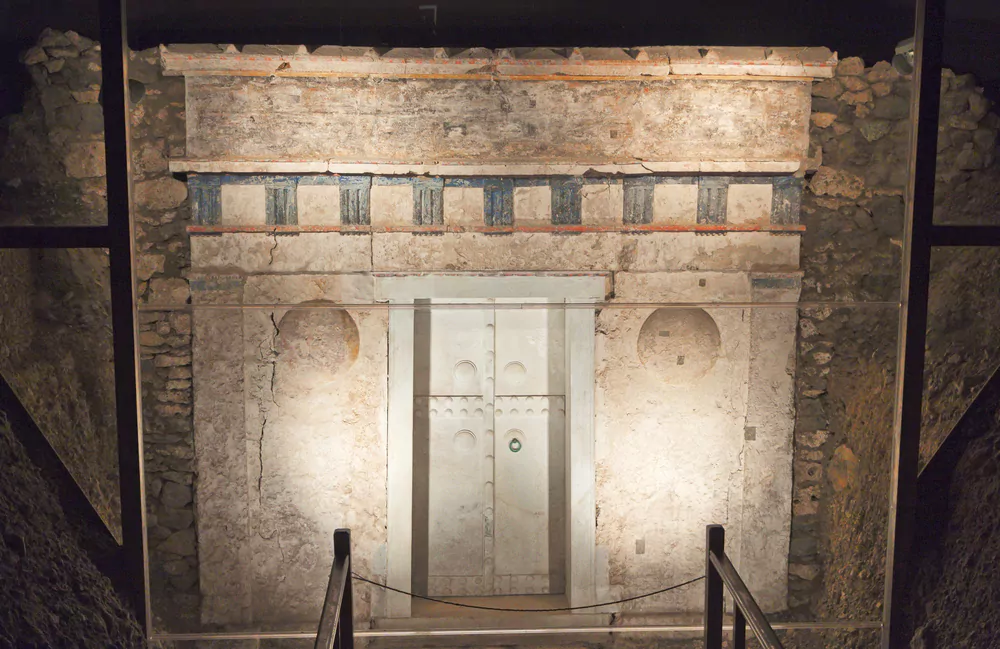
The neighboring tomb of Persephone, with the fresco of the abduction of the daughter of the goddess Demeter that gave it her name, as well as that of the prince, rumored to belong to the son of Alexander the Great and Roxane, along with that of free columns, complete the unique burial ensembles. The theater of Aigai, where King Philip is believed to have died, as well as the gigantic palace built on the top of the hill, come to compose a space that presents us the splendor of the Macedonians to its true extent.
Just so you know: The excavations of the area of Aigai began in the 19th century and culminated in 1976, when the great archaeologist Manolis Andronikos discovered the tomb of Philip II in the area.
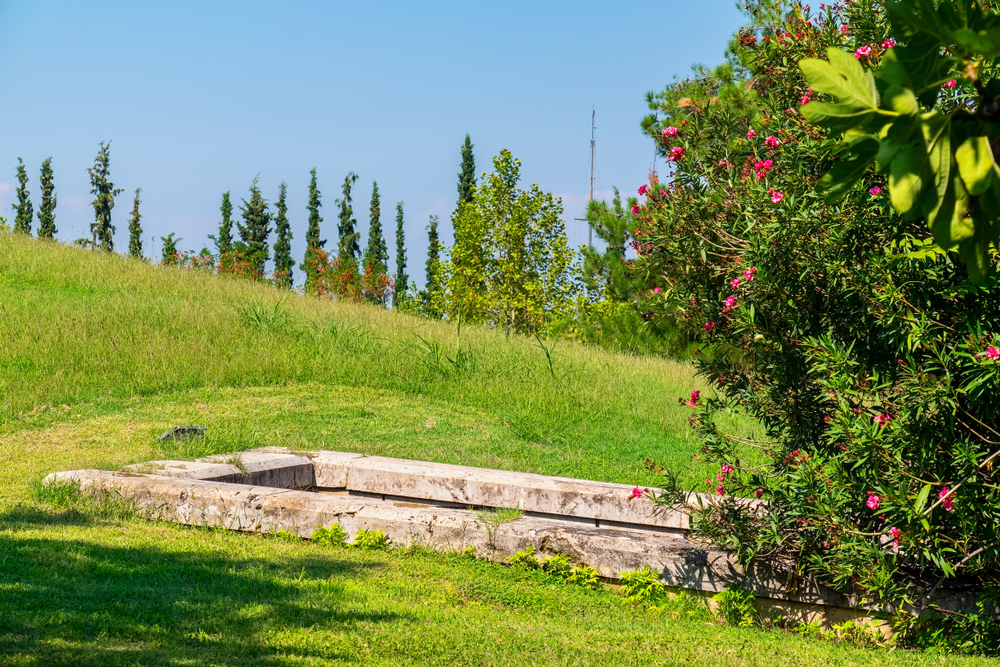

Travel to Greece – Google News – Follow us
Read Also:
The underground river of Athens that passes the Acropolis
The ancient triangles of Greece: Journeys of mystery and unparalleled beauty
Cyclades :Naxos – The rare and impressive Archaeological Temple of the Goddess Demeter


